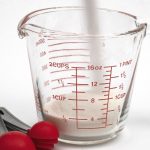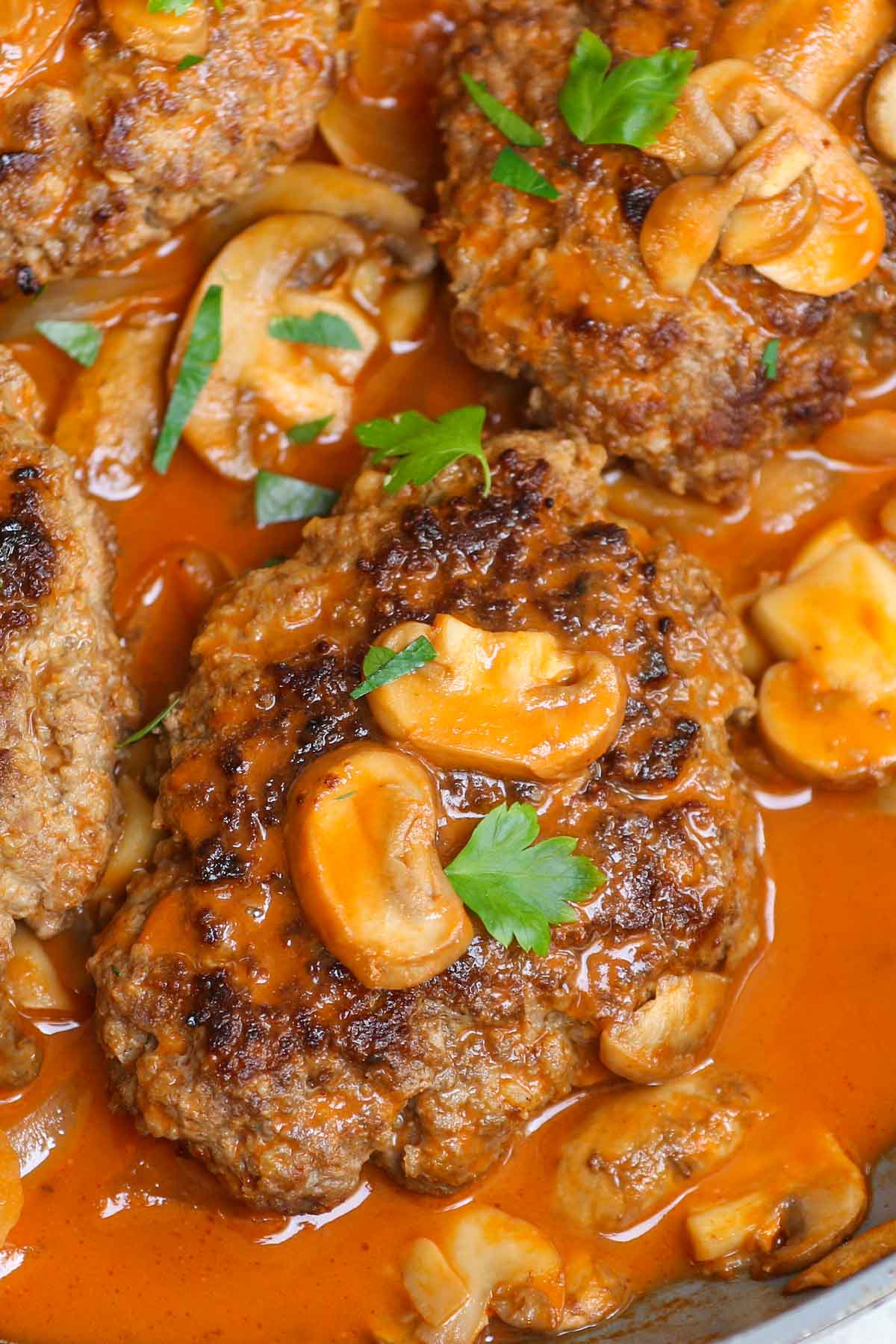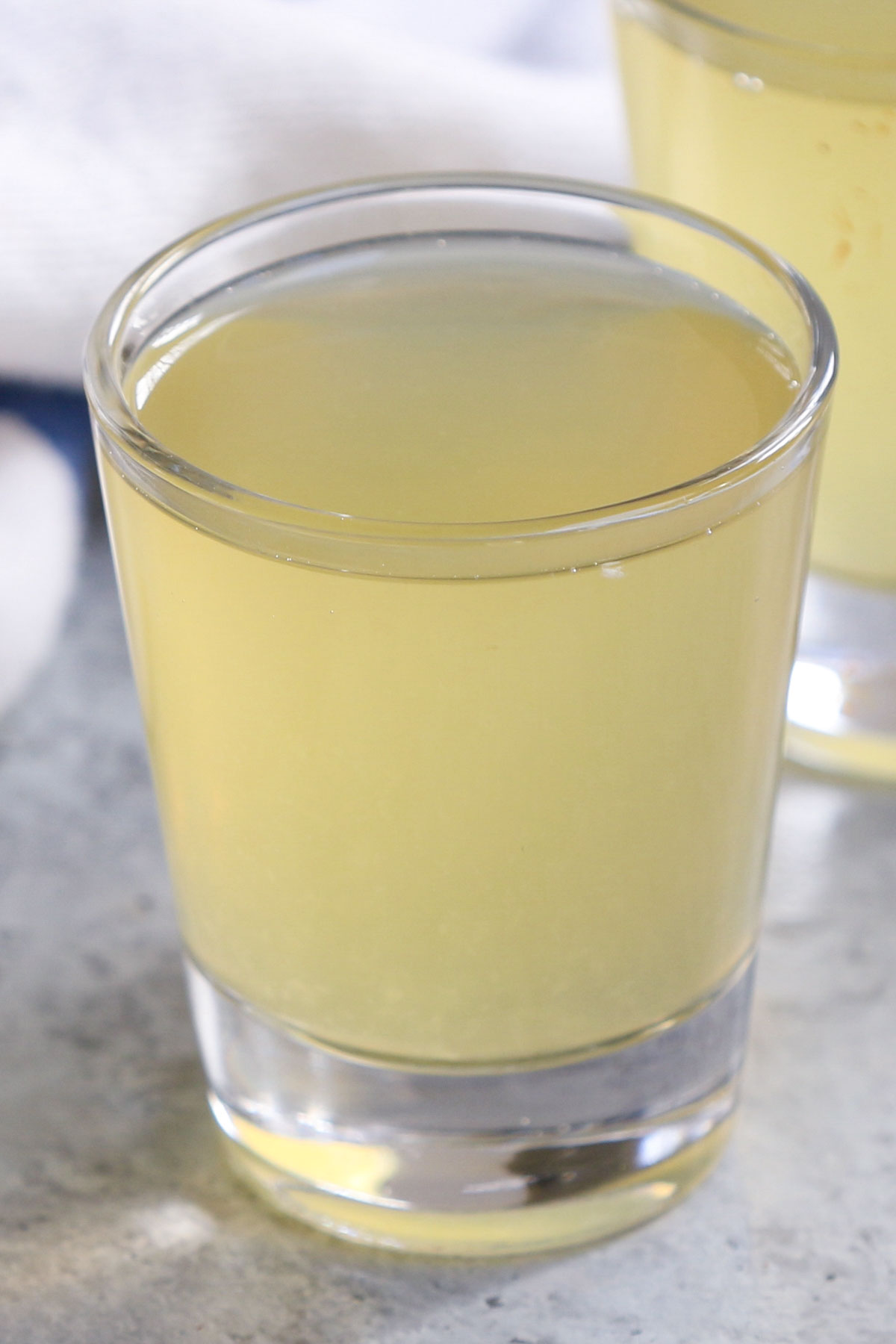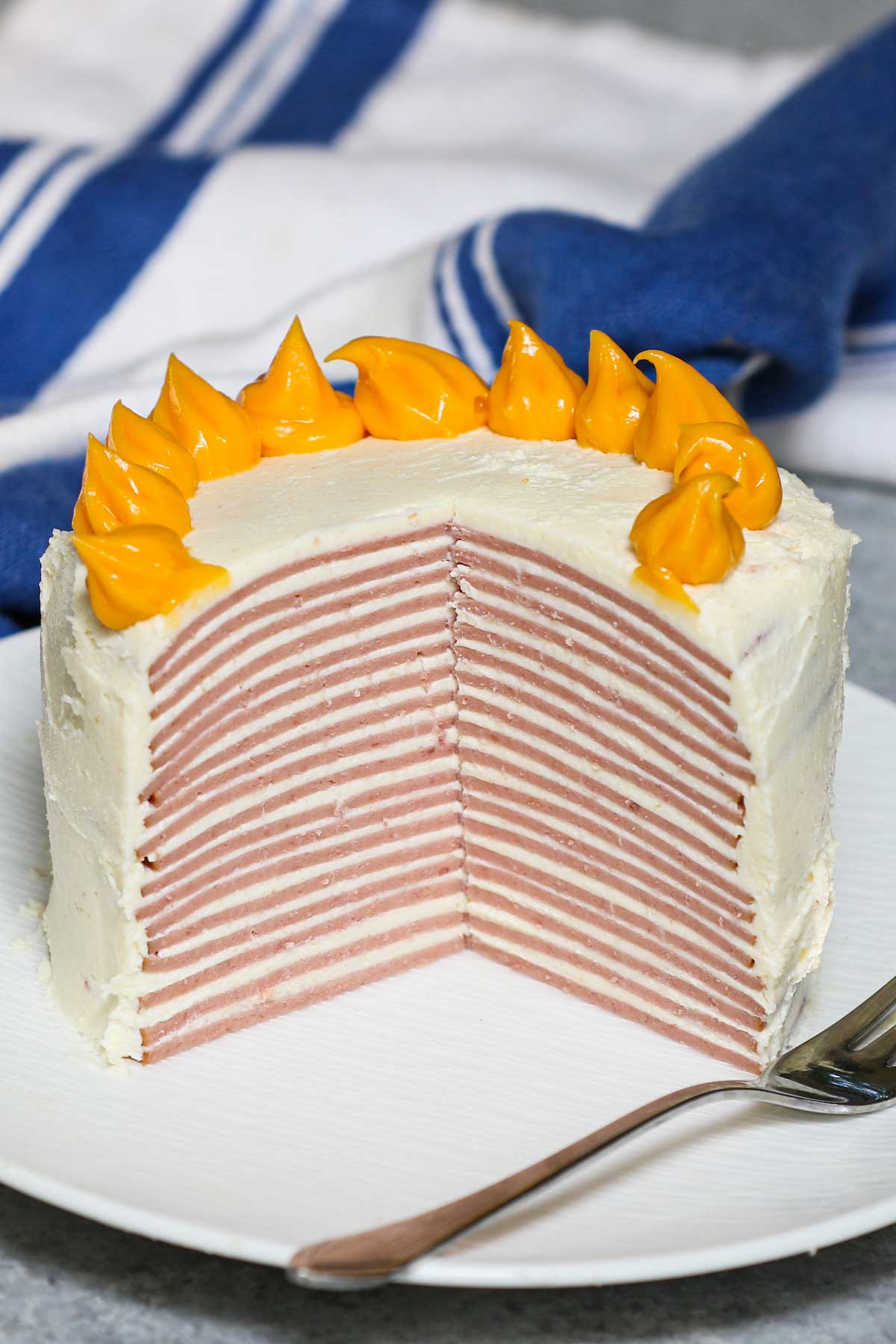How Many Ounces In A Cup
on Jan 25, 2023
This post may contain affiliate links. Please read my disclosure policy.
Not sure how many ounces are in a cup? Both of these units are cited in recipes and there will probably come a time when you’ll need to convert between them. If that time is now, keep reading to learn the most accurate way to do it.
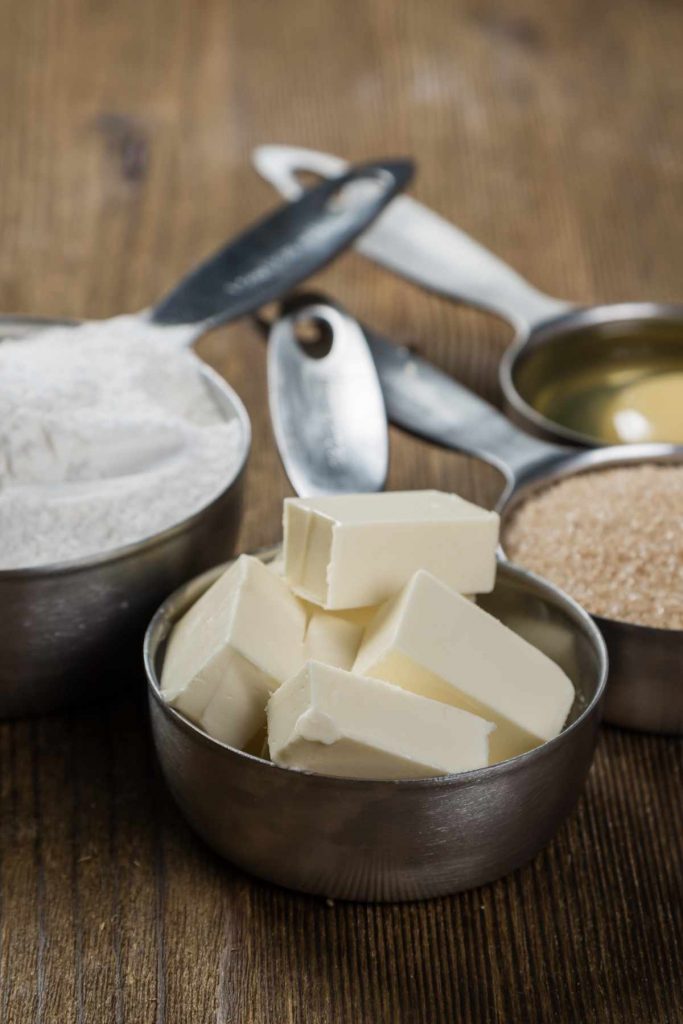
Converting from ounces to cups can be a bit complicated. First, it all depends on whether you’re working with fluid ounces or dry ounces. Then, there’s an added layer of complexity, since it also depends on whether you’re in the US or the UK.
When it comes to liquids, the conversion is quite simple. In the US, 1 cup amounts to 8 fluid ounces, but in the UK, a cup is 10 fluid ounces. Where things get more complex is when you’re measuring dry ingredients.
Difference Between An Ounce and a Cup
An ounce is a unit of weight measurement from the imperial system. It is 1/16th of a pound, which also works out to 28.53 grams. Rather than weight, a cup is a measurement of volume or capacity.
Wet vs. Dry Ingredients
Although wet and dry ingredients can both be measured in ounces, there’s a significant difference between fluid ounces and dry ounces. With dry ingredients, you’re measuring weight, but with wet ingredients, you’re measuring volume. This distinction is especially important when working with dry ingredients, as similar volumes can have vastly different weights.
For example, 1 cup of a lightweight ingredient like kale may end up weighing about an ounce. On the other hand, one cup of a high-density ingredient such as chopped carrots will weigh about 4.5 ounces. Though the volume is the same, the weight will depend on how dense the ingredient is.
When working with liquid ingredients, you’ll be measuring in fluid ounces using a measuring cup. If you need to measure dry ingredients, use a scale. It’s best to avoid measuring dry ingredients in a measuring cup, especially if you’re baking.
Dry baking ingredients include flour, powdered milk, sugar, baking powder, salt, etc. Wet baking ingredients include water, liquid milk, eggs, syrup, etc.
Liquid ingredients: How Many Ounces in A Cup?
If you’re using liquid ingredients, you can measure them in cups or fluid ounces. Below, you’ll find a conversion table for the United States. Remember, ounces have different measurements in the UK.
| Liquid Measurement Conversion (U.S) | |
| Cup | Oz |
| 1/8 cup | 1 ounce |
| 1/4 cup | 2 ounces |
| 1/3 cup | 2 ½ ounces |
| 1/2 cup | 4 ounces |
| 2/3 cup | 5 ounces |
| 1 cup | 8 ounces |
| 2 Cups | 16 ounces |
Dry ingredients: How Many Grams in an Ounce?
When measuring dry ingredients, you’ll be using either grams or ounces. Here’s a handy chart for converting between the two units.
| Dry Measurement Conversion | |
| Oz | Grams |
| ½ ounce | 14 grams |
| 1 ounce | 28 grams |
| 2 ounces | 57 grams |
| 4 ounces | 113 grams |
| 6 ounces | 170 grams |
| 10 ounces | 283 grams |
| 12 ounces | 340 grams |
| 16 ounces | 454 grams |
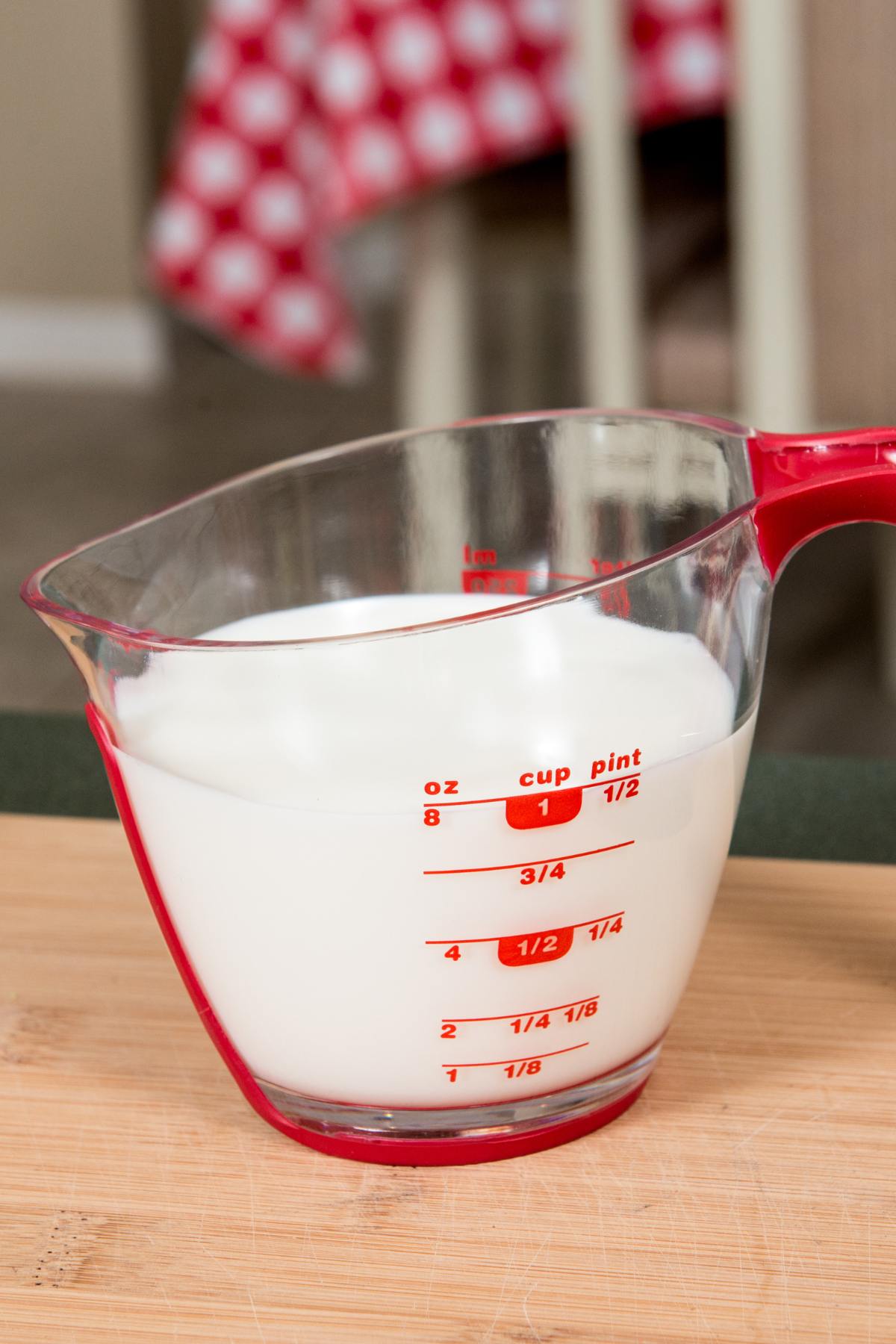
Equipment For Measuring Wet Ingredients
For liquid ingredients, use a liquid measuring cup. Available in both plastic and glass, these cups can measure liquids in cups, ounces and milliliters.
Measuring Dry Granulated Ingredients with Cups or Spoons
- If you measure granulated dry ingredients, you can use measuring cups or measuring spoons.
- For smaller units like teaspoons and tablespoons, you’ll need to use measuring spoons.
Note: You can also use a scale if you have information of grams or ounces for both wet and dry ingredients.
Tips for Accurate Measurement
- When measuring out flour, be sure to sieve it first for more accurate readings.
- To accurately measure flour, use the spoon and level method. Use a spoon to add the sieved flour to your measuring cup. Once it reaches the top, use a knife to scrape the top so it’s flat and level. It’s especially important to do this if you’re baking.
How To Fill in Liquid Measuring Cups
- Gently pour your liquid into the cup to avoid splashing
- The cup should be at eye level when you’re reading the measurement
- If you still need to weigh the liquid, go ahead and use a kitchen scale
How to Fill Dry Measuring Cups
- Put your measuring cup in a bowl to reduce any messes
- Pour the dry ingredient into the measuring cup
- If you fill the cup to the brim, use a knife to scrape the top to ensure it’s level
- If you still need to weigh the ingredient, you can use a kitchen scale
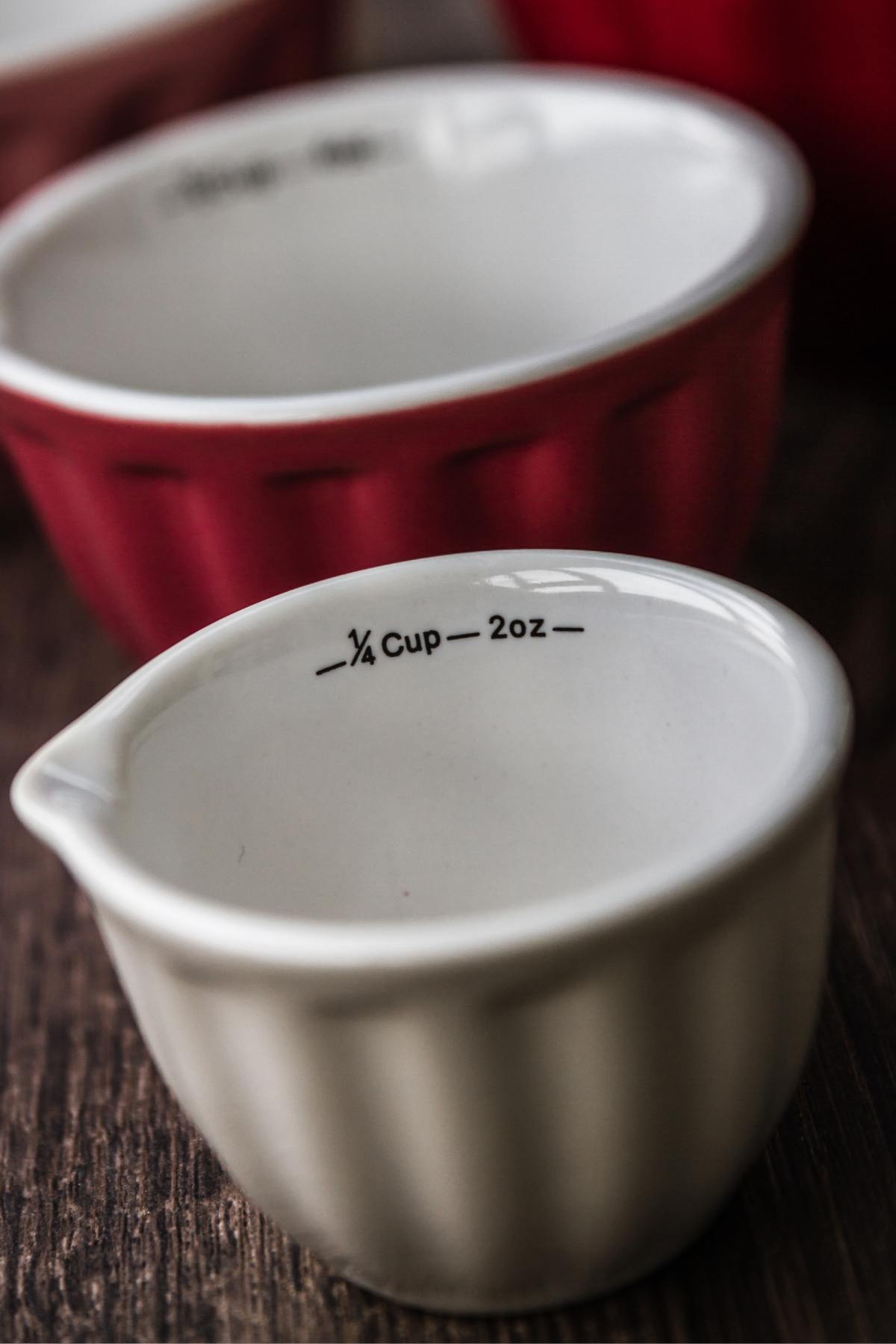
British Vs American Measuring Cups
How many ounces are in a cup? It depends on if you’re asking an American or a Brit. This is because the imperial system is used in the United States, while the metric system is used in the United Kingdom. In America, 8 fluid ounces makes 1 cup and ⅛ cup makes an ounce. In the UK, a cup is 10 fluid ounces and 1/10 cup makes an ounce.
Frequently Asked Questions
Difference Between Ounces (oz.) and Fluid Ounces (Fl. oz.)
As the name suggests, fluid ounces are used to measure liquids, so it’s a unit of volume or capacity. An ounce is typically used to measure the weight of dry ingredients. Fluid ounces can be converted to cups, while ounces can be converted to grams or pounds.
How Many Ounces In A Cup Of Water?
In the United States, a cup of water contains 8 fluid ounces.
How Many Ounces In A Cup Of Flour?
There are 4.5 ounces in a cup of flour.
How Many Ounces In A Cup Of Butter?
In its solid state, a cup of butter weighs 8 ounces.
Should I Use Measuring Cups or Scales?
Generally speaking, it’s best to measure liquids using measuring cups or spoons. When measuring dry ingredients, you can use either a cup or a scale, depending on the recipe’s instructions.
Does 4 Or 8 Ounces Equal One Cup?
This will depend on whether you are measuring a wet or dry ingredient. For instance, there are 8 fluid ounces of water in a cup, but 4.5 ounces of flour per cup.
Does 2 Tablespoons Equal 1 Ounce?
That’s right. There are 2 tablespoons of liquid in a fluid ounce.
You May Also Like
- How Many Ounces in a Shot Glass
- Ounces In A Quart (Easy Conversion)
- How Many Tablespoons Are in 1/4 Cup
How to Convert Cups to Ounces
Equipment
- Digital kitchen scale
Instructions
- For every cup of liquid ingredient, use 8 ounces.
- For every cup of dry ingredient, check the ounces for the specific ingredient. For example, there are 4.5 ounces in a cup of flour and a cup of butter weighs 8 ounces.
